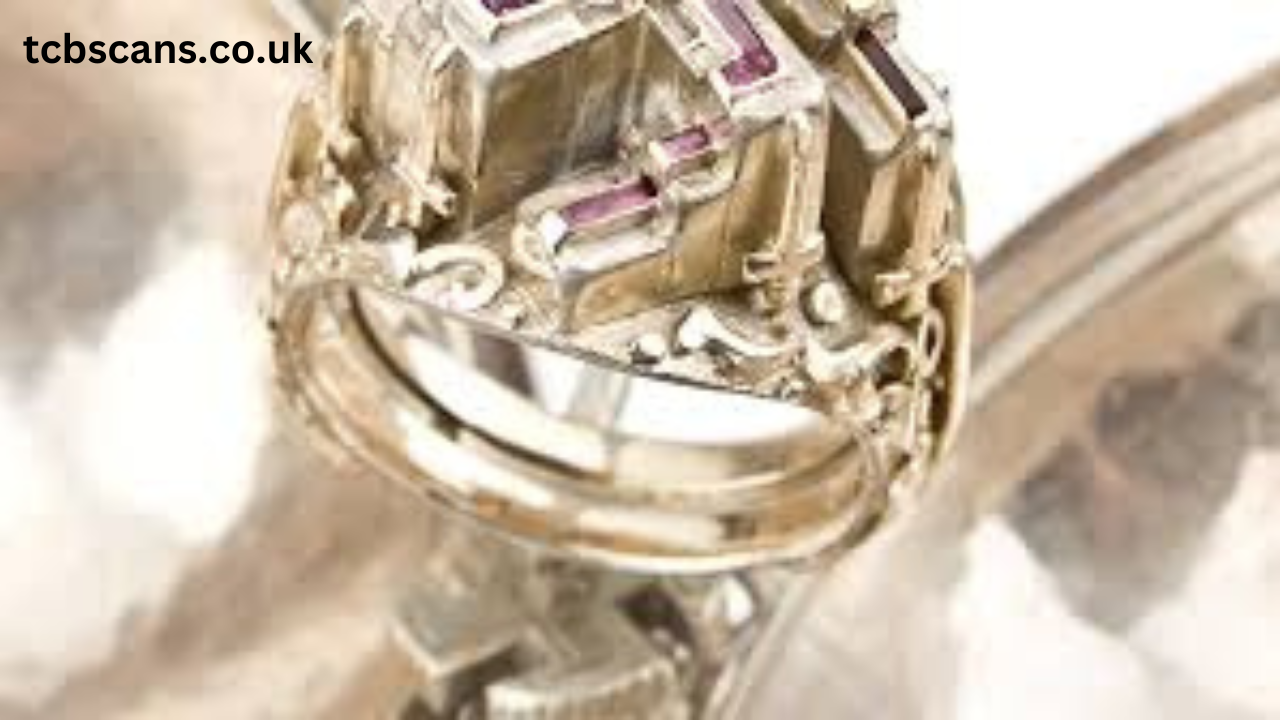Nazi memorabilia, especially items like SS rings, hold a complex place in the world of historical artifacts. Some collectors and historians argue these items provide an important window into a dark chapter of history, while others see their sale and collection as controversial or even disrespectful. This article delves into the history, market, controversies, and legal aspects surrounding Nazi SS rings and similar artifacts in the world of auctions.
The Historical Significance of Nazi SS Rings
SS rings, specifically those associated with Nazi Germany, are artifacts that carry a distinct historical weight. Created as symbols of allegiance and rank within the Schutzstaffel (SS), these rings were presented to members as tokens of loyalty and distinction. Designed with specific insignias—such as the swastika, skull (Totenkopf), and runic symbols—the rings were made primarily for SS officers, each serving as a powerful, if ominous, reminder of the regime’s goals and ideology.
The SS rings were often engraved with the recipient’s name, date, and a signature from Heinrich Himmler, the head of the SS, which adds to their historical value. Following World War II, these rings became rare because many were destroyed, particularly those that were taken from deceased soldiers or surrendered by living members.
The Market for Nazi Memorabilia and SS Rings
The market for Nazi memorabilia, including SS rings, is highly niche and often controversial. Collectors, historians, and even institutions like museums are drawn to such items, seeing them as valuable pieces of wartime history. For some, owning a piece of Nazi-era memorabilia represents a grim yet fascinating artifact of the past, while others are invested in preserving these items as stark reminders of the horrors of the Nazi regime.
Collectors may value Nazi SS rings due to their historical context, rarity, and symbolic significance. For those involved in World War II studies or artifact curation, these rings provide insights into the symbolism and practices of Nazi Germany, which can be essential for understanding the period.
Controversies and Ethical Concerns Surrounding SS Auctions
The sale and collection of Nazi memorabilia, especially items as personal as SS rings, spark ongoing ethical debates. Many individuals and organizations, including Holocaust memorial groups, argue that such auctions risk glorifying or trivializing the atrocities committed by the Nazis. They contend that selling Nazi artifacts promotes their symbols and is insensitive to the suffering of victims and survivors of the Holocaust.
Recent high-profile auctions of Nazi memorabilia have ignited public backlash, with opponents calling for bans on the sale of these items. Some argue that such auctions should only be held for the benefit of museums or educational institutions, where the items can serve as tools for learning rather than personal collectibles.
Legal Aspects and Regulations Governing Nazi Auctions
The legality of selling Nazi memorabilia, including SS rings, varies by country. In Germany, for example, strict laws prohibit the sale of items displaying Nazi symbols like the swastika, except under specific conditions, such as educational use in museums. France and Austria also have prohibitions on the sale and public display of Nazi-related items.
However, in countries like the United States, there are fewer restrictions on the sale of these artifacts. Still, the freedom to buy and sell Nazi memorabilia doesn’t eliminate the ethical concerns associated with these auctions. Collectors and auction houses must navigate a complex landscape of legal regulations and societal attitudes, weighing potential consequences for choosing to sell or purchase such items.
How SS Rings Are Valued in Auctions
The value of Nazi SS rings at auctions depends on factors like rarity, historical significance, and condition. Rings that bear engravings of names or dates, particularly those of high-ranking SS officers, are often valued higher due to their unique history. Authenticity also plays a crucial role; auction houses and collectors look for signs of originality, such as official markings or Himmler’s inscriptions, to confirm an item’s legitimacy.
High-profile auctions have sometimes seen SS rings and similar artifacts sell for thousands of dollars. Prices can vary significantly based on the item’s provenance—documentation of its origin, ownership history, and its role in World War II often drive demand among collectors.
Alternatives to Purchasing Nazi Memorabilia for Historical Education
For individuals or institutions interested in learning about Nazi history without purchasing these controversial items, there are ethical alternatives available. Many museums offer extensive collections of artifacts from World War II, often accompanied by educational materials that provide context and meaning. Visiting Holocaust memorials or utilizing online resources, such as digital archives from universities and libraries, also allows individuals to study Nazi history in a respectful, educational setting.
Historians, educators, and those interested in the study of World War II often turn to these sources for research and learning, as they allow for respectful engagement with history without the risks and ethical issues tied to buying and selling Nazi artifacts.
Conclusion
The auctioning of Nazi memorabilia, particularly SS rings, remains a complex and often controversial issue. While these items provide valuable historical insights, the ethical concerns and potential for misuse are undeniable. As collectors and historians consider the significance of these artifacts, it’s essential to balance respect for the past with a commitment to responsible engagement with history. For those seeking to understand this era, many resources offer educational and respectful alternatives that honor the memories of those affected by the Nazi regime.
In weighing these factors, society can better understand and remember the impact of the past without unintentionally glorifying it.
